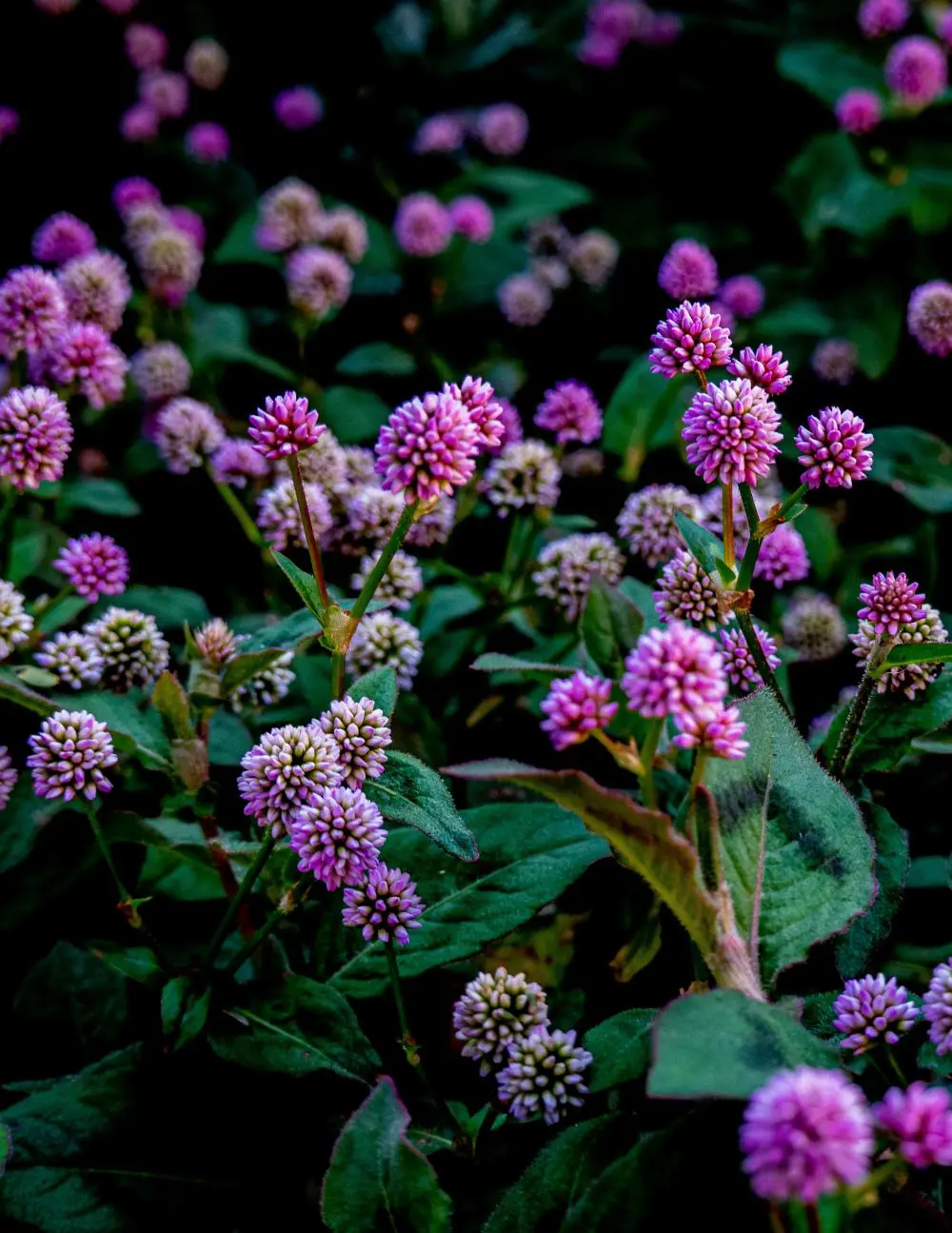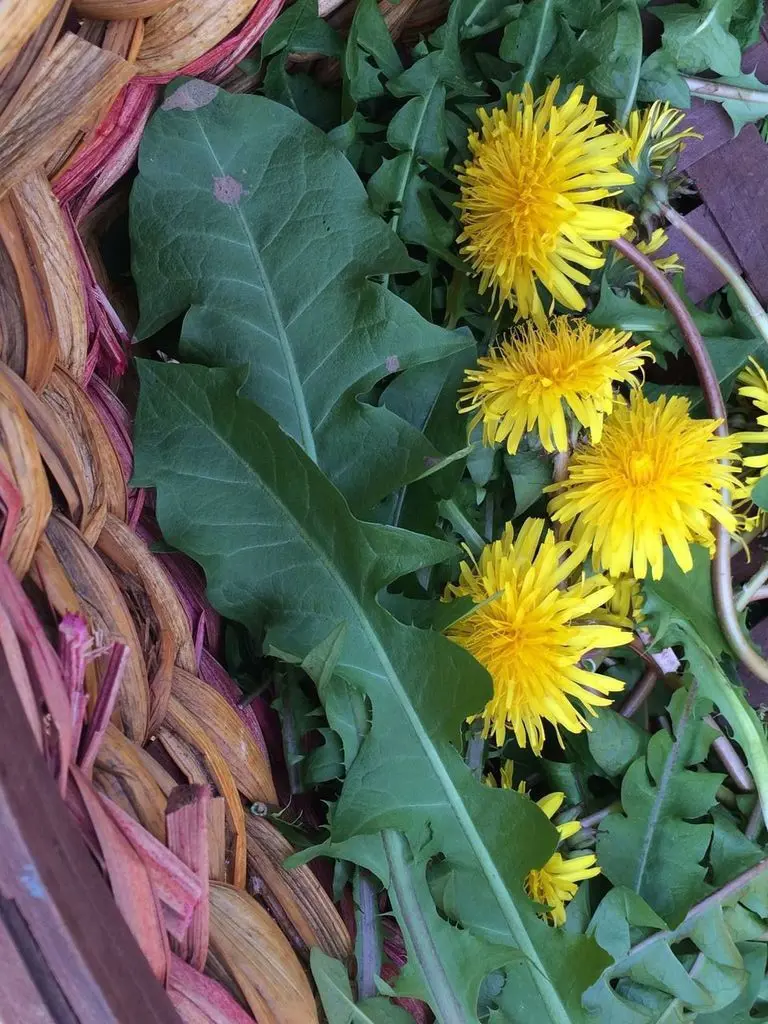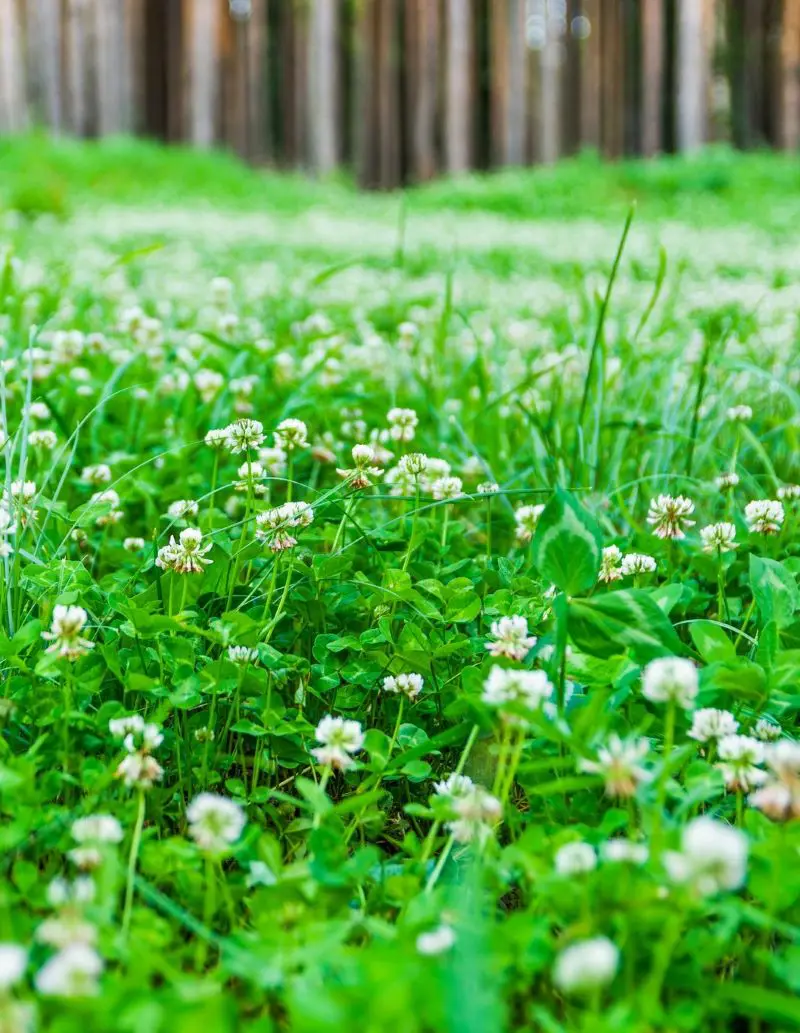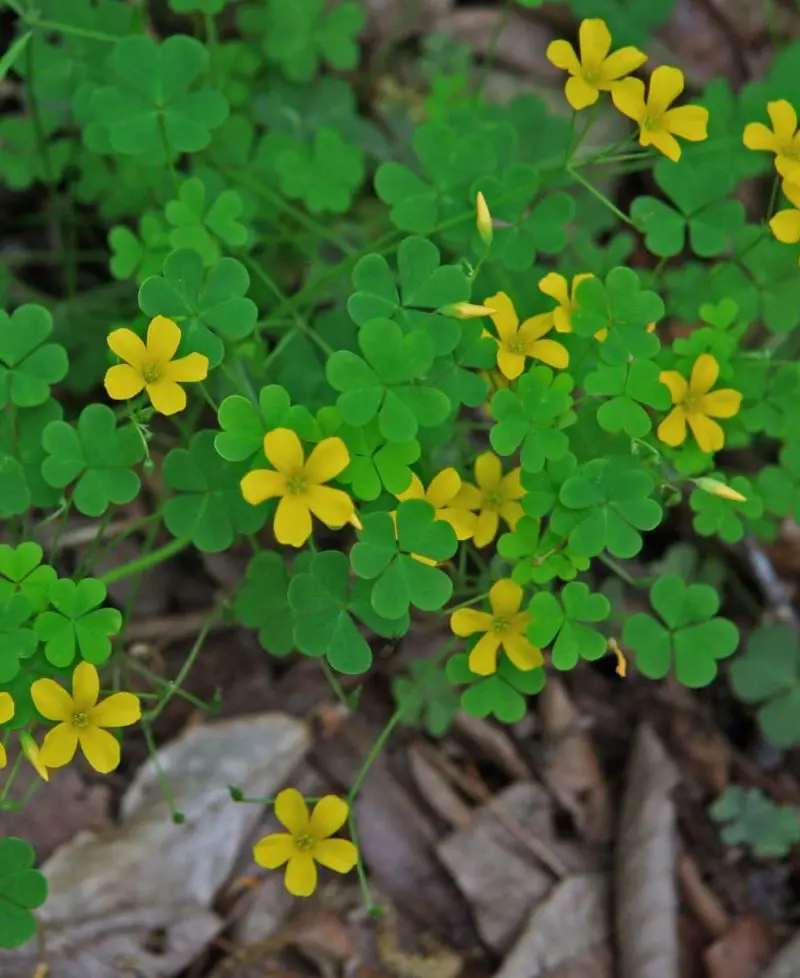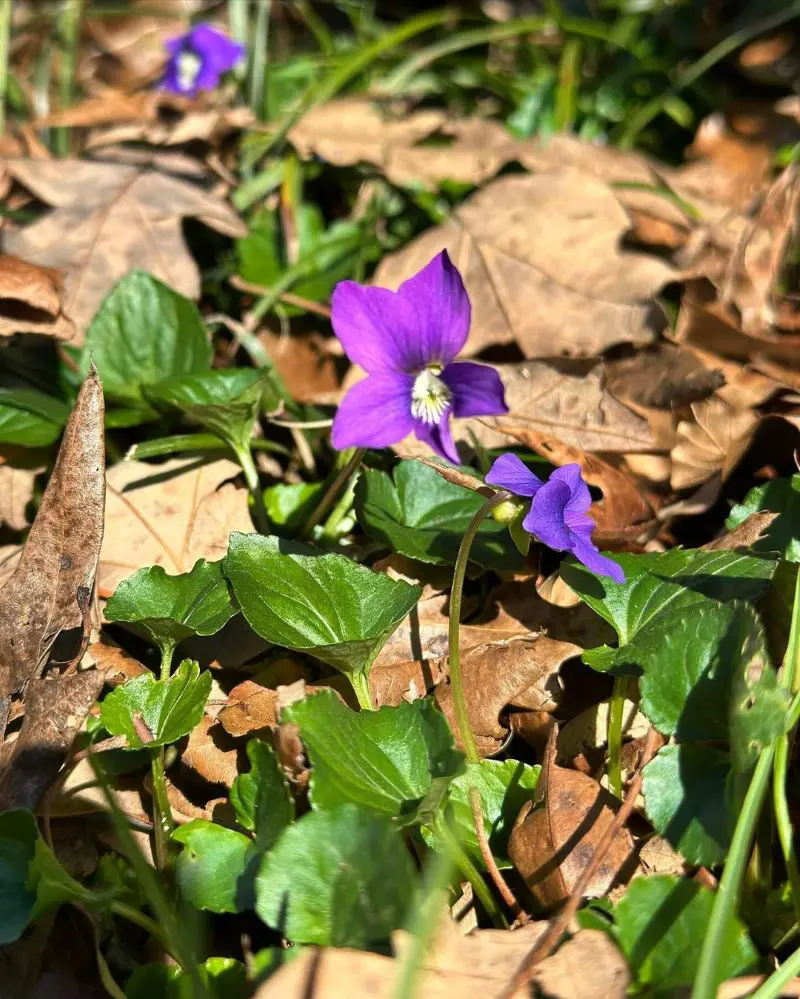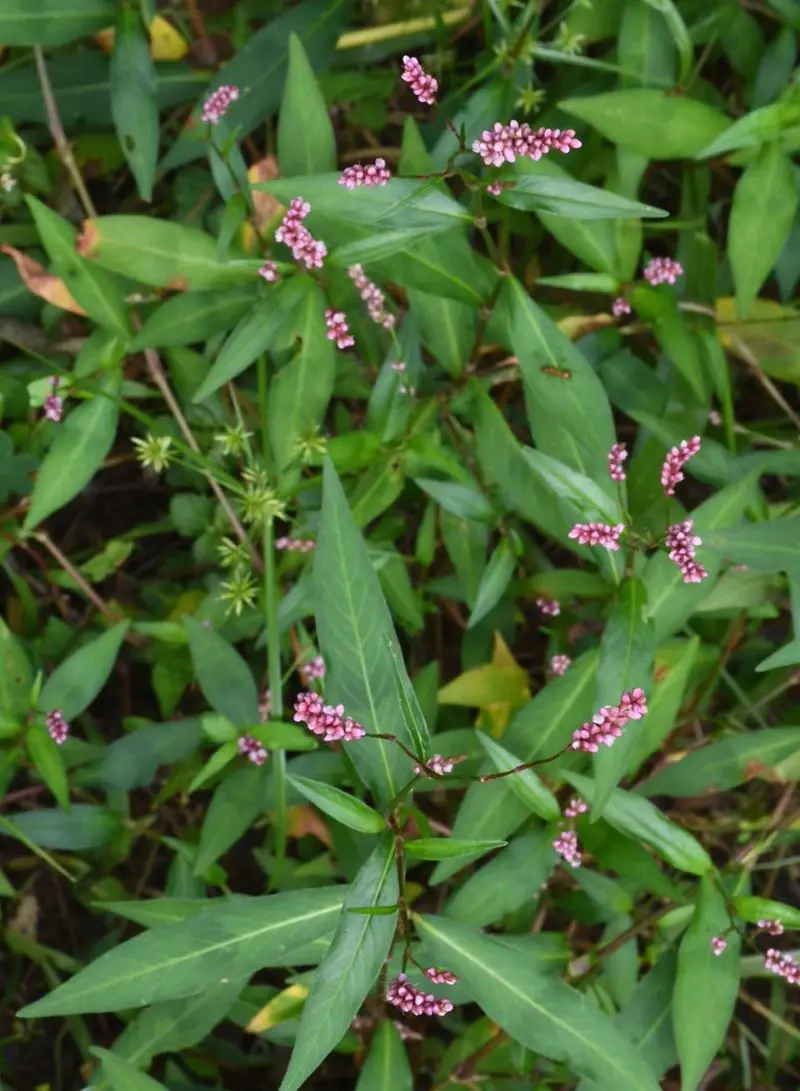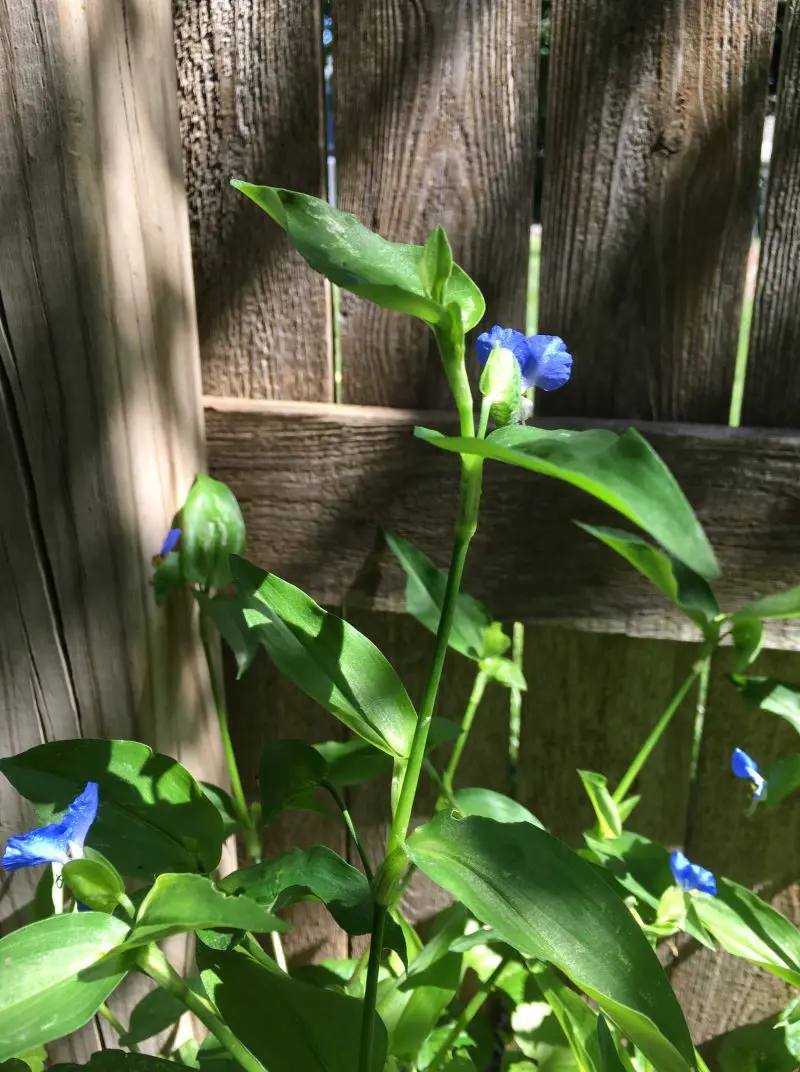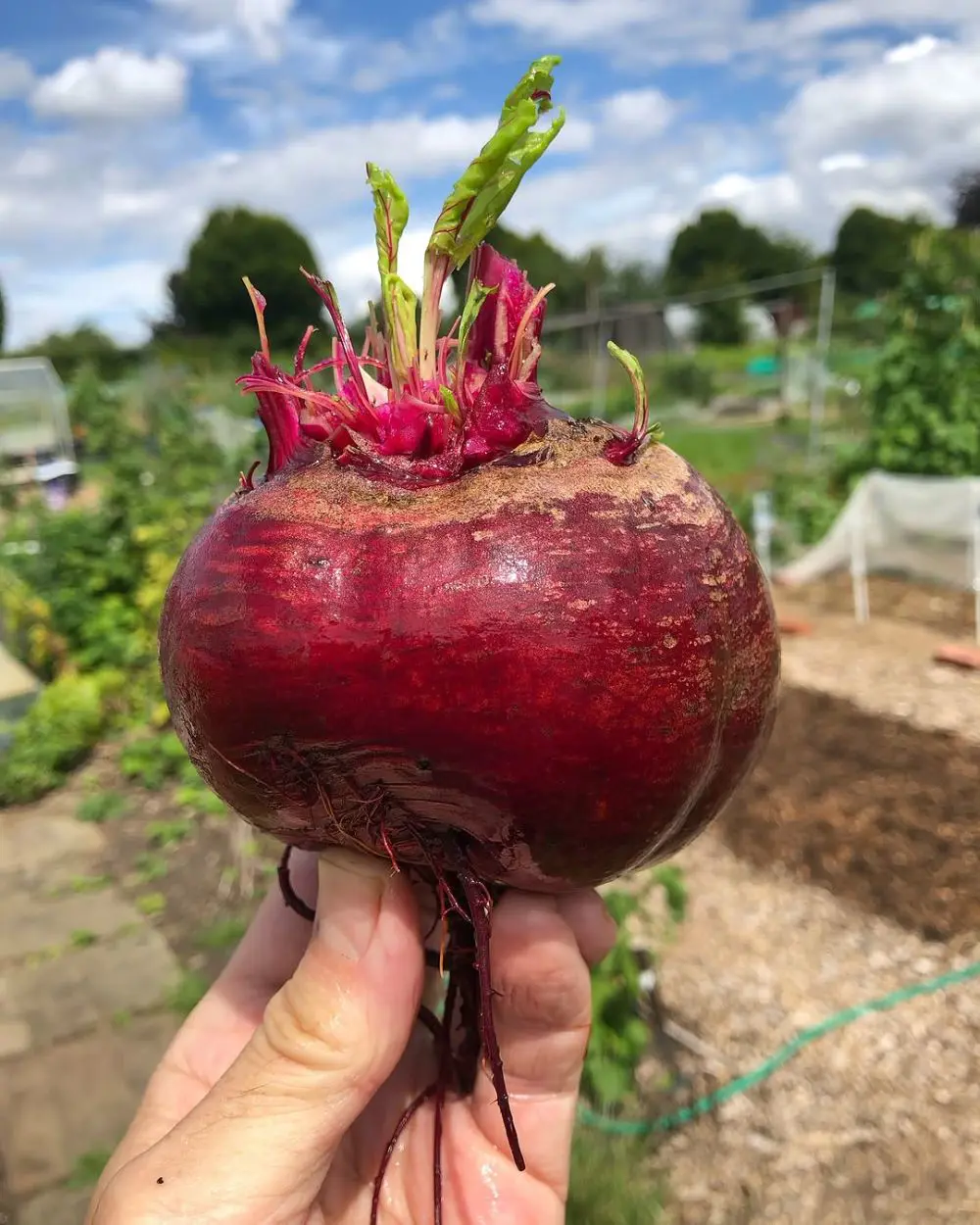1. Crabgrass
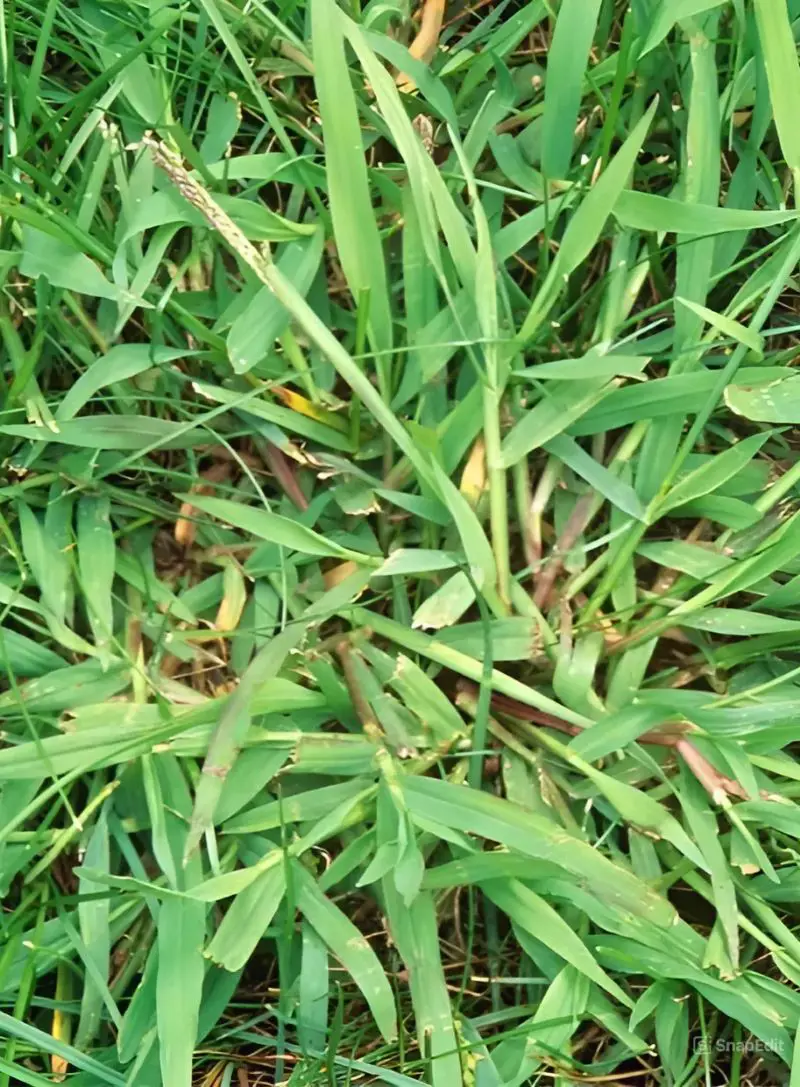
Crabgrass is a common annual weed found in lawns, gardens, and disturbed areas worldwide. It typically thrives in warm-season climates but can also appear in cooler regions during the summer months. It has flat, wide blades that radiate outward from a central point, resembling the shape of a crab.
Control tips: Applying pre-emergent herbicides before crabgrass seeds germinate can help prevent their growth. Post-emergent herbicides can be used to treat existing crabgrass plants, but they are most effective when applied while the weed is young and actively growing.
